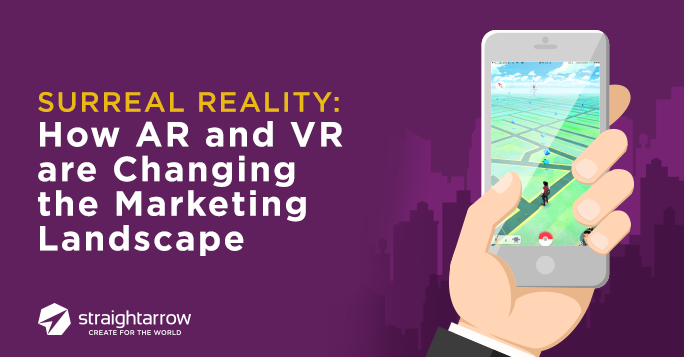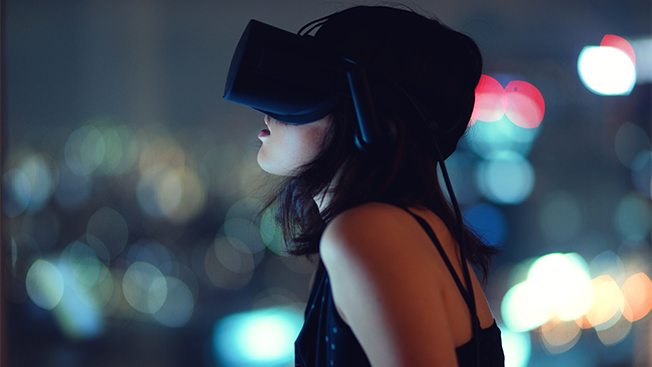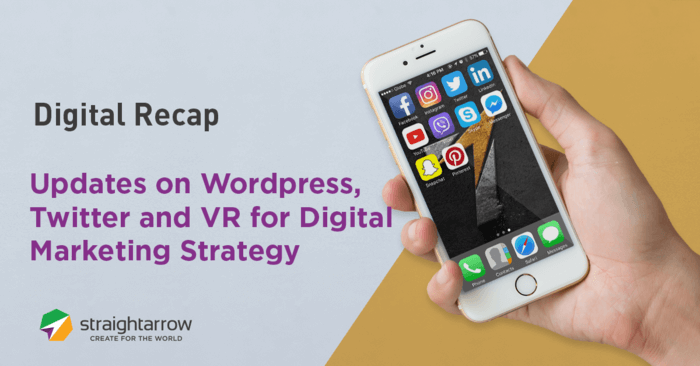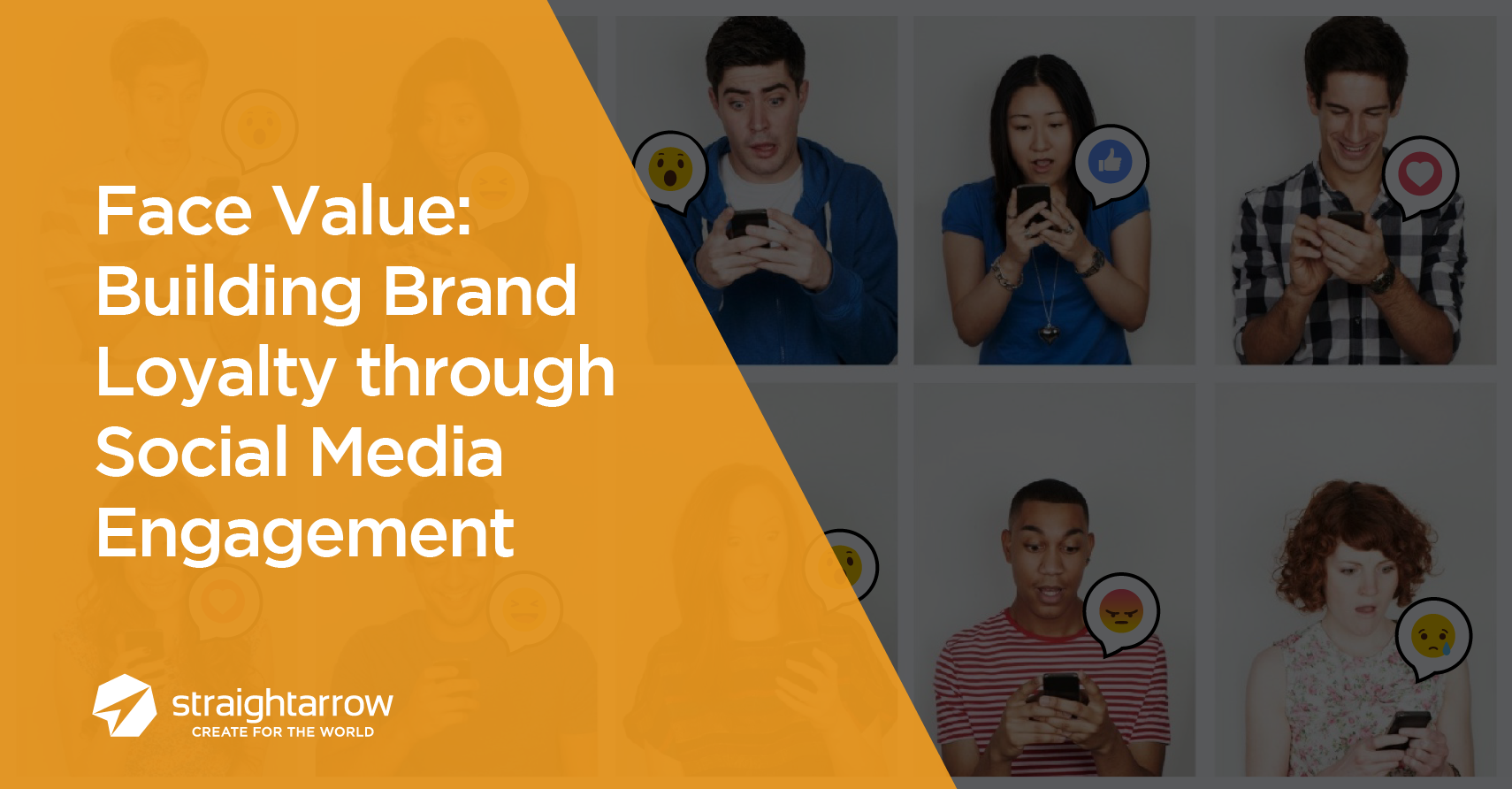
Most people are by now familiar with, or at least have heard of, the technology of augmented reality and virtual reality. This comes as no surprise as the number of brands and apps that make use of these media have significantly increased in a small amount of time. And thanks to brands like Samsung and apps like Pokémon GO, the reality of having warped realities is becoming the new norm.

Image from Adweek
And by norm, we really mean it’s normal to see people staring through, rather than at their phones while roaming absolutely anywhere, even at the oddest times. The same goes for people wearing headsets and reacting to things and places that only they can see. This is the reality we live in—augmented and virtual.
But what exactly does this have to do with marketing and advertising, you ask? Well, everything, actually. Our world is being shaped, bended, and twisted according to our whims. And all it takes in the physical realm is a snap of the fingers—nothing else moved, let alone destroyed. We see things on our screens that don’t exist in the real world, but consider them as part of reality anyway.

Image from Businesswire
The question most agencies ask nowadays is, “How can we get people to engage with our product and brand?” Stories not only evoke emotions; they also allow us to feel a certain way towards a brand or product, depending on the message they’re trying to convey. And of course, no story would be considered good if the viewer is not transported fully into the realm of the narrative. The main goal of most brands is to tell a story that’s so immersive and interactive that the viewers will feel like they have a connection with the storyteller (in this case, the marketer). The ability to invite a viewer into a world that a marketer has created seems like the perfect way for them to truly showcase what they can give the viewer with their brand or product, all wrapped in an appealing story. Bringing that story, the story’s world, and its premises into a controlled reality is what augmented reality and virtual reality can offer businesses (at least for now, until these technologies evolve in the years to come).
The role of augmented reality and virtual reality in marketing is growing in significance thanks to the emotional entanglement these bring to their viewers. Through virtual reality, customers can experience a product or service and decide how they feel about it without having to actually buy it. For example, Lowe’s, a furniture store, used virtual reality to let customers move virtual furniture in virtual homes to see what their purchases would look like in real life.
A new study done by Greenlight VR show that brands that try out virtual reality are more likely to attract customers than those that don’t. This is because the sensation of experiencing a brand, even if only virtually, can evoke emotional attachment among the viewer—in this case, the potential customer. And even if people haven’t yet tried virtual reality, the same study shows that virtual reality is still receiving positive feedback, with majority of the respondents indicating that they are amazed by virtual reality and what it could do.
Augmented reality, while also on the rise, is still just starting to realise its potential in terms of marketing. But with apps like Pokémon GO, it is clear that augmented reality has taken the right step towards progress. In Japan, for instance, the process of turning certain locations seen in the app into sponsored Poké Stops has started to roll, starting with big brands like McDonald’s. The idea of bringing virtual factors into the physical world can mean wonders for marketers and retailers.
Although virtual reality and augmented reality are fairly new in the game and will need further experimentation for their uses to be maximised, both of these media can contribute to how advertisers and marketers reach their audience in an interactive but non-disruptive way that builds a connection between brand and consumer. And that’s how easily technology can transform the marketing landscape.
Learn more about current and up-and-coming technology poised to disrupt the marketing world—and how other marketers are planning to take advantage of them. Download the full report of The State of Inbound 2016:










Comments